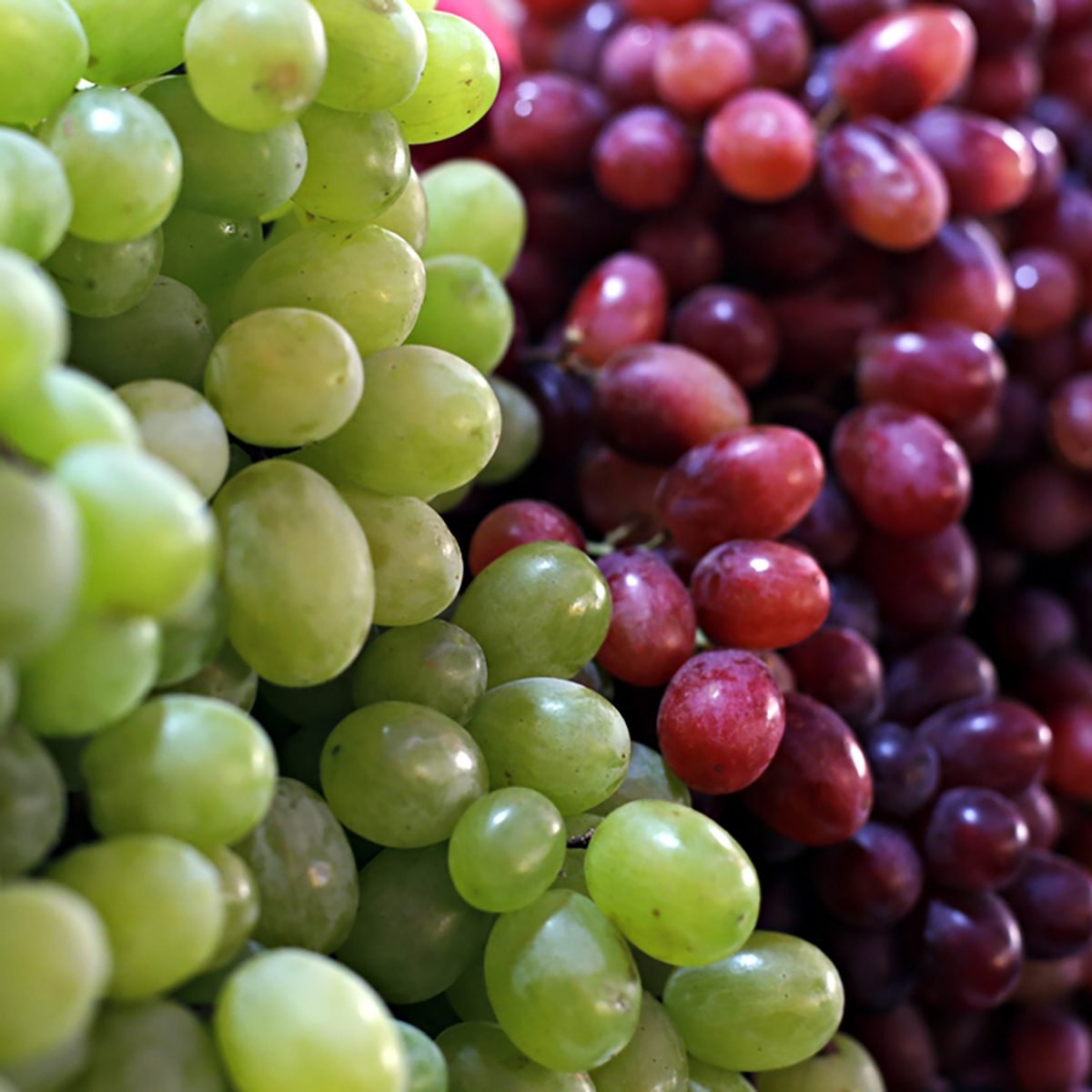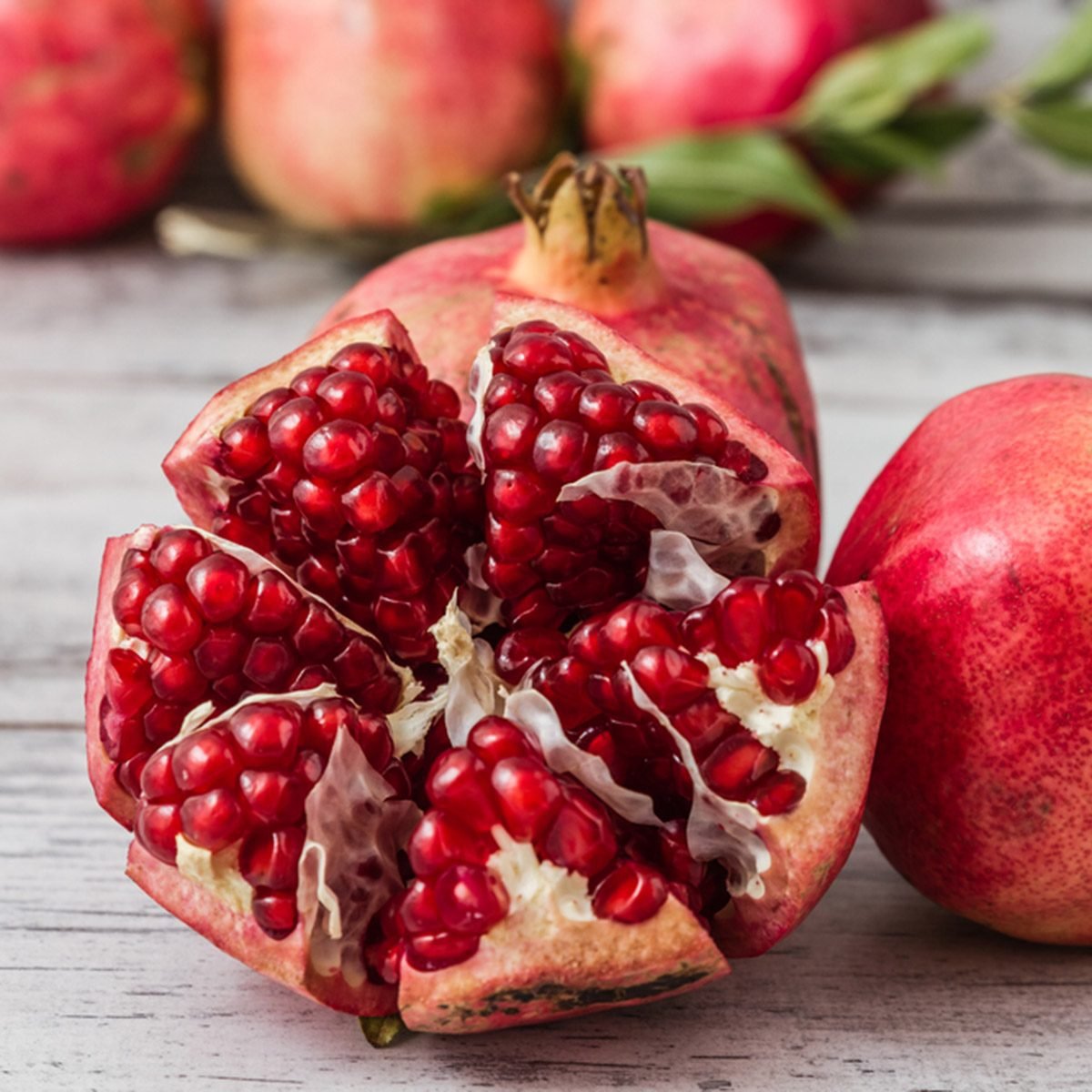The past years, I have posted New Years Eve and Day Traditions and Superstition ( see website at end of this blog) in the Philippines. Today I am reprinting for your information 12 Fascinating New Years Eve traditions from other parts of the world as well and as follows:
TWELVE FASCINATING NEW YEAR’S EVE TRADITIONS FROM AROUND THE WORLD BY

In the U.S., we usher out the last day of the year with cocktails, ball drops and fireworks. Elsewhere, other types of symbolism play a big role in this final holiday of the season.

JAPAN
Just before midnight on New Year’s Eve, the Japanese eat soba noodles. The Toshikoshi soba, which translates to a “year-crossing” buckwheat noodle dish, has lots of symbolism. The long noodle denotes the crossing from one year to the next. Since it’s an easily cut noodle, it signifies a letting go of the past year’s regrets—a cutting-off, if you will, before the fresh start the new year brings.

SPAIN
In Spain, with 12 seconds remaining until the New Year, people eat 12 green grapes to bring good luck in the coming year. It’s thought to be bad luck if you can’t eat them all by the final midnight chime. But gobble them down in time and 12 months of good fortune will come your way.

FRANCE- MY FAVORITE OYSTER ROCKEFELLER
The French usually ring in the New Year with a huge feast, commonly know as le réveillon de la Saint-Sylvestre. The meal is full of traditional, decadent eats, including foie gras, oysters, lobster and escargot. And, just like in the U.S., champagne is the drink of choice.

ITALY
Italians love lentils for their coin-like shape, symbolizing luck and prosperity. A New Year’s Eve dinner usually features this legume to bring on luck in the coming year. Pork is often added to lentil dishes in the form of cotechino, a spicy sausage, or zampone, a deboned pig trotter, to represent the plenitude of the land.

COLOMBIA
On the last night of the year, Colombians place three potatoes—one peeled, one unpeeled, and one half peeled—under their beds. At midnight, they pull out the first potato they touch. Peeled means they’ll have financial problems, unpeeled indicates abundance, and half peeled…well, somewhere in between.

AUSTRALIA
Australians celebrate the New Year with midnight fireworks in cities and towns throughout the country. Firework displays are launched off bridges, such as the Sydney Harbour Bridge, from jetties along the beaches, and on river banks, with the lights of the fireworks sparkling off the water. In a typical year, people pack picnic baskets and arrive hours early to get the best viewing spots.

THE PHILIPPINES
Filipino culture celebrates the New Year by serving 12 round fruits. The round shape symbolizes coins, which represent prosperity and wealth for each month of the upcoming year. Apples, melons, oranges and grapes are popular picks, but any round fruit will do.

DENMARK
After a traditional New Year’s Eve meal of boiled cod with mustard, the Danes eat a tower of marzipan doughnuts called kransekage, meaning “wreath cake.” It was once called overflødighedshorn (cornucopia), because the whole doughnut tower was tipped on its side, with chocolate and treats spilling out. This traditional cake is also served at weddings and birthdays.

CANADA
In rural areas of Canada, New Year’s Eve is a time to spend ice fishing with friends. Celebrations on the frozen ponds and rivers tend to last all night as buddies fish in the open or in fishing shacks and perhaps catch a fish or two to help celebrate the coming year.

IRELAND
The Irish have a tradition of banging bread against the walls of their houses on New Year’s Eve. The idea is that bad luck and evil spirits are chased away and good luck is invited in. It also ensures that the coming year will be filled with an abundance of bread and other food.

BRAZIL
In Brazil, particular foods are eaten to invite good luck for the coming year. Seven is the lucky number on New Year’s Eve, so seven pomegranate seeds are eaten to keep the purse full, and seven grapes ensure abundance in all areas of life. Some Brazilians also jump over seven waves in the ocean and make seven wishes for the new year as they leap.

GREECE
The Greeks ring in the new year by eating vasilopita, a sweet yeast bread. Eaten at midnight, the bread is made in honor of Greece’s revered St. Basil. Before serving the family, beginning with the oldest member, households set a slice of bread aside for the saint and another portion for those in need. A coin is baked into the bread and the person whose slice contains the coin is in for a year filled with good fortune.
https://marinduquemyislandparadise.blogspot.com/2019/12/new-years-eve-and-day-superstition-in.html
https://holidappy.com/holidays/New-Years-Eve-Superstitions-and-Traditions
- 12 Round Fruits: A platter of 12 round fruits (like apples, grapes, watermelon) symbolizes coins and prosperity for each month.
- Polka Dots: Wearing polka dots brings wealth, as the round shapes mimic coins.
- Sticky Rice: Eating rice cakes (bibingka, biko) signifies strengthening family bonds.
- Jumping at Midnight: Children jump at midnight to grow taller in the new year.
- Open Doors & Coins: Opening doors and scattering coins invites good fortune.
- Media Noche Feast: A midnight feast with pancit (long noodles for long life) and avoiding chicken/fish.
- Spain & Mexico: Eating 12 grapes at midnight, one for each chime, for luck in each month.
- Denmark: Throwing old plates and glasses at front doors to banish bad luck.
- China & Asia: Eating dumplings (like money bags) and oranges (gold) for wealth.
- Globally: Making resolutions, watching ball drops (NYC), making noise (fireworks, horns).
- Ireland: Hitting walls with bread to ward off spirits.
Main Lobster Tail or Rack of Lamb?
Before and After of the Lobster Tail- Yummy, Indeed!
Finally, here's the photos from the Duo Gadjo -One Hour Presentation last night.💚 https://chateaudumer.blogspot.com/2025/12/duo-gadjo-at-thd-new-years-eve-bash.html
Finally, here's the five top news of the Day
1️⃣ Deadly New Year’s fire at Swiss ski resort
A catastrophic blaze tore through a bar in the Crans-Montana ski resort during New Year’s Day celebrations, killing dozens and injuring many more. Emergency services are responding and authorities have launched an investigation into the cause. New York Post+1
2️⃣ Zohran Mamdani sworn in as NYC mayor — shifting local politics
Muslim and immigrant communities were pivotal in electing Zohran Mamdani as New York City’s mayor, marking a demographic and political shift in the city’s leadership. The Washington Post
3️⃣ Trump’s Ukraine peace plan faces major Russian resistance
President Trump’s proposal to resolve the Ukraine war clashes with fundamental Russian positions, highlighting ongoing geopolitical tensions over the conflict’s future. The Washington Post
4️⃣ Trump drops push for National Guard deployment in major U.S. cities
The White House has stepped back from plans to send National Guard troops to Chicago, Los Angeles, and other cities for security missions — a shift in domestic policy direction. PBS
5️⃣ Pope Leo XIV opens 2026 with global peace appeal
At St. Peter’s Basilica in Rome, the Pope marked New Year’s Day with calls for peace in war-torn regions and healing from violence, underscoring global challenges as the year begins. AP News



























